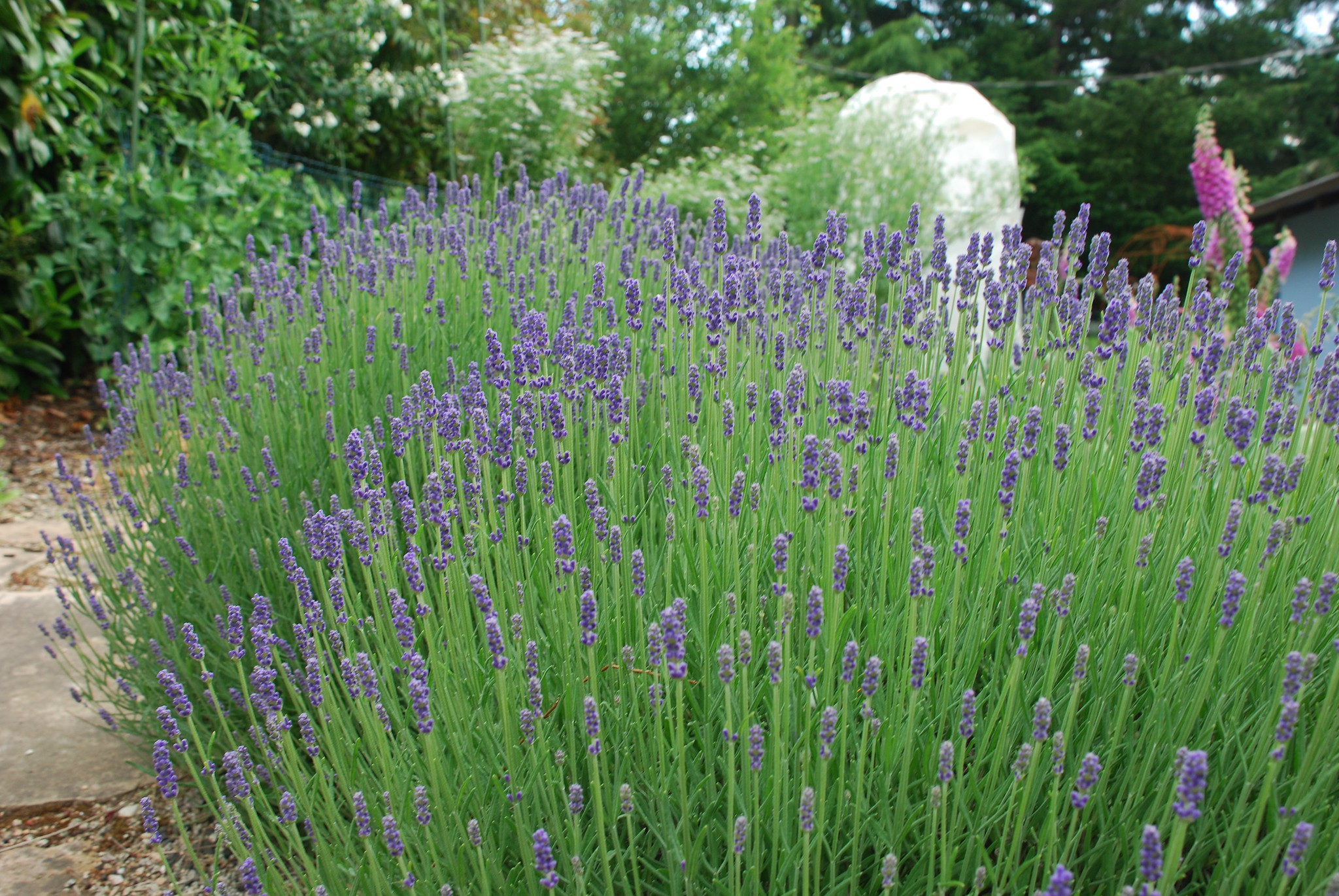As the warmer weather returns, it’s a good idea to evaluate your garden for the upcoming summer. Take a lesson from the 2021 historic heat dome and be prepared to help plants through hot and dry weather as the season progresses.
Here are some tips from Oregon State University Extension Service experts for preparing for heat and drought. For more, read Heat wave in the garden: how to identify and prevent heat stress in plants by Nicole Sanchez, OSU Extension horticulturist.
Water your landscape strategically. Water early in the morning when temperatures are lower. Rather than a little moisture every day, water plants infrequently and deeply prior to and during drought. Saturate the area to a depth of 8 to 10 inches. For lawns, add one-half to three-fourths-of-an-inch of water per week, or let lawns go brown during the heat of the summer. Don’t forget to water large trees. A soaker hose wrapped around the tree’s root zone works well.
Mulch to conserve water. Mulches are like putting a lid on a pot that’s boiling and preventing it from evaporating quite as quickly. They’re not a substitute for irrigation, but they do help retain water in the soil. Place a 3- to 5-inch-thick layer of mulch on the soil. Large bark chips or arborist trimmings work best. As these mulch materials decompose, organic matter is added to the soil. For more information about mulching and gardening, see Mulching Woody Ornamentals with Organic Materials.
Put the right plant in the right place. Design your landscape so that your plants won’t compete with each other for shade and water. In other words, group plants with similar requirements for light and water together.
Prepare the soil adequately. Good quality soil helps retain moisture in times of drought. When you dig in, make sure you can break up the soil easily, a sign that water can penetrate into the soil with no trouble. When air and water can’t move through the soil easily, plants can experience problems with diseases and root growth. To build good quality soil, add organic matter such as composted yard trimmings, composted manure and leaves from deciduous trees.
Choose plants that don’t get thirsty in the summer. Some plants are so drought-tolerant that they only need winter rains to thrive and no irrigation at all during summer. Cold-tolerant varieties native to the Mediterranean region or native plants of the Pacific Northwest are good choices. For groundcovers, these include Point Reyes ceanothus, also known as Ceanothus gloriosus, and carpet broom, also known as Genista pilosa. As for shrubs, we recommend the varieties below, which are followed by their scientific names:
- Dwarf strawberry bush (Arbutus unedo ‘Compacta’)
- Wild lilac(Ceanothus ‘Victoria’)
- Rockrose (Cistusx hybridus)
- Sunrose (Helianthemum nummularium)
- Flowering currant Ribes sanguineum)
- Lavender, (Lavandulaspp.)
An Extension information sheet by Neil Bell, retired OSU Extension horticulturist, includes many resources and a plant list. For more plant ideas, see the article Ten all-around great shrubs for water-wise gardens.
-30-
About OSU Extension: The Oregon State University Extension Service shares research-based knowledge with people and communities in Oregon’s 36 counties and the Confederated Tribes of Warm Springs. OSU Extension addresses issues that matter to urban and rural Oregonians. OSU Extension’s partnerships and programs contribute to a healthy, prosperous and sustainable future for Oregon.

